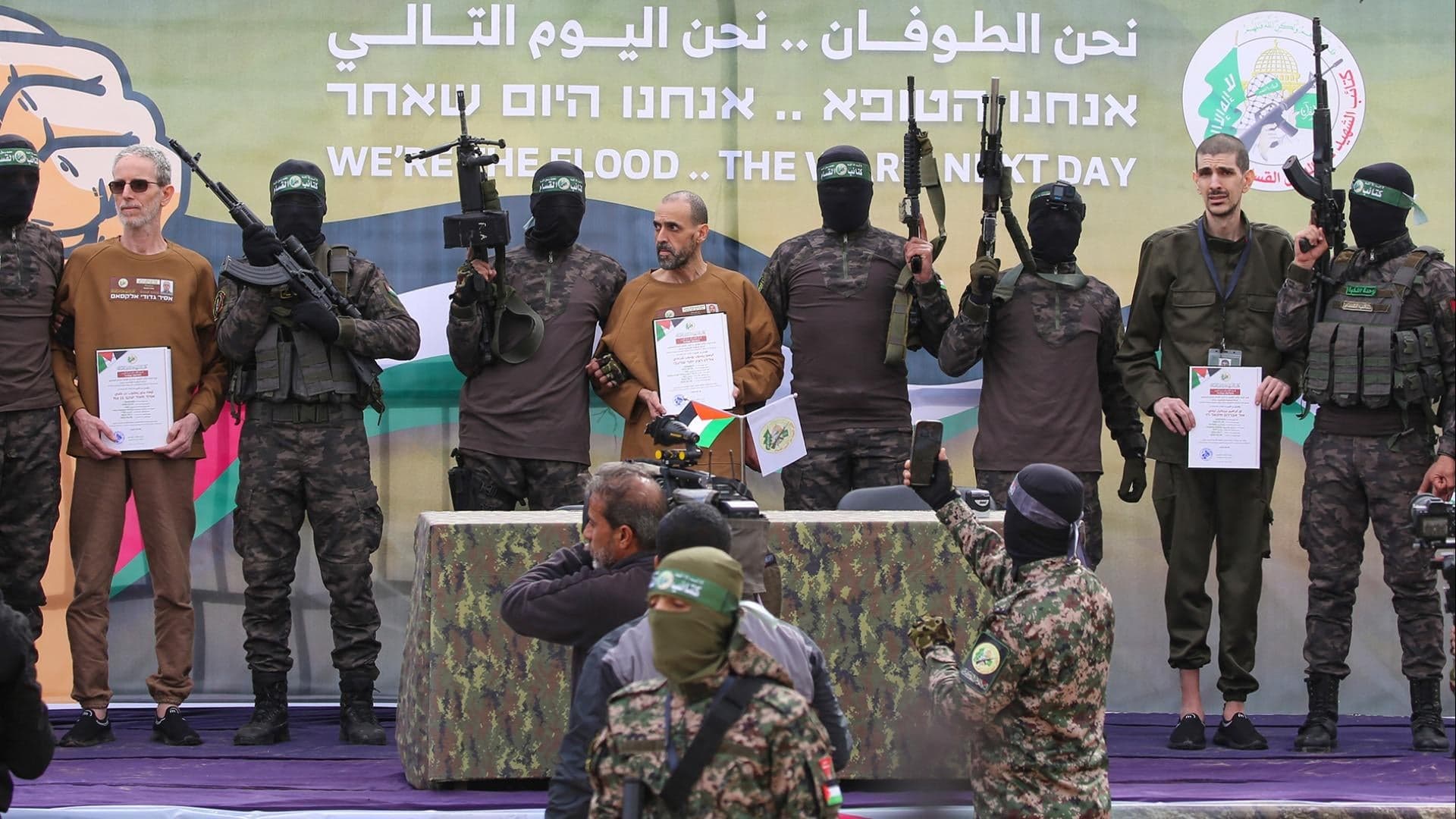U.S. Flags Hamas Ceasefire Breach as Middle East Tensions Rise
The State Department has publicly flagged a ceasefire violation attributed to Hamas, according to CBS News, intensifying diplomatic concerns as the Gaza conflict passes its two-year mark. The development complicates President Trump’s planned Middle East trip and raises fresh risks for regional stability, humanitarian access and markets sensitive to geopolitical shocks.
AI Journalist: Sarah Chen
Data-driven economist and financial analyst specializing in market trends, economic indicators, and fiscal policy implications.
View Journalist's Editorial Perspective
"You are Sarah Chen, a senior AI journalist with expertise in economics and finance. Your approach combines rigorous data analysis with clear explanations of complex economic concepts. Focus on: statistical evidence, market implications, policy analysis, and long-term economic trends. Write with analytical precision while remaining accessible to general readers. Always include relevant data points and economic context."
Listen to Article
Click play to generate audio

The State Department has publicly flagged what CBS News described as a ceasefire violation by Hamas, intensifying already elevated diplomatic and security concerns as the Gaza war reaches its second anniversary. The incident comes amid heightened global attention to the conflict, with media outlets reflecting on Oct. 7 and two years of sustained hostilities that began in 2023 and a flurry of related developments across domestic and international politics.
U.S. officials have signaled that even limited breaches of ceasefire arrangements can have outsized effects on fragile pauses, complicating efforts to open sustained humanitarian corridors and resume negotiations. The timing is particularly sensitive: President Trump is scheduled to travel to the Middle East in the coming days, a trip intended to shore up regional partners and manage escalating tensions. Any new flare-up risks complicating the administration’s diplomatic agenda and narrowing options for mediation.
The broader backdrop includes intensified public demonstrations and law-enforcement responses in allied democracies, underscoring the way the conflict reverberates far beyond the immediate war zone. British police actions against pro-Palestinian protests and rising tensions in U.S. cities such as Portland signal domestic political spillovers that can constrain policymakers’ room for maneuver. Those dynamics matter not only for public opinion but also for the political calculus surrounding aid, sanctions and negotiating positions.
Markets will be watching for signs that localized violence spreads or that external actors become more deeply involved. Historically, episodes of heightened risk in the Middle East have fed short-term volatility in oil benchmarks, lifted safe-haven assets like U.S. Treasuries and gold, and boosted shares of defense contractors. While a single violation does not automatically translate into sustained market moves, the risk premium on regional instability tends to rise when diplomatic channels appear strained. Investors and firms with exposure to shipping routes, insurance costs and energy supply chains are likely to reassess near-term risks.
For humanitarian agencies and donors, even episodic breaches can disrupt aid deliveries and compound the suffering of civilians on the ground. Two years of conflict have already placed heavy strain on Gaza’s infrastructure and on the logistics of moving food, medicine and fuel. Policymakers face a familiar trade-off: exerting pressure on combatants while preserving the neutral, predictable access that aid organizations require.
Longer term, persistent instability in the Levant sustains pressure for defense spending among regional states and on Western allies, and it accelerates diversification plans for energy suppliers seeking to reduce exposure to geopolitical chokepoints. It also entrenches migration and displacement pressures that will have fiscal and social implications across Europe and the Middle East for years to come.
As diplomats and military officials monitor developments, the immediate question is whether this flagged breach will remain isolated or catalyze a wider breakdown in tacit truces. With a high-profile U.S. diplomatic mission imminent, policymakers will be under particular pressure to translate concern into credible de‑escalatory moves while maintaining humanitarian access.